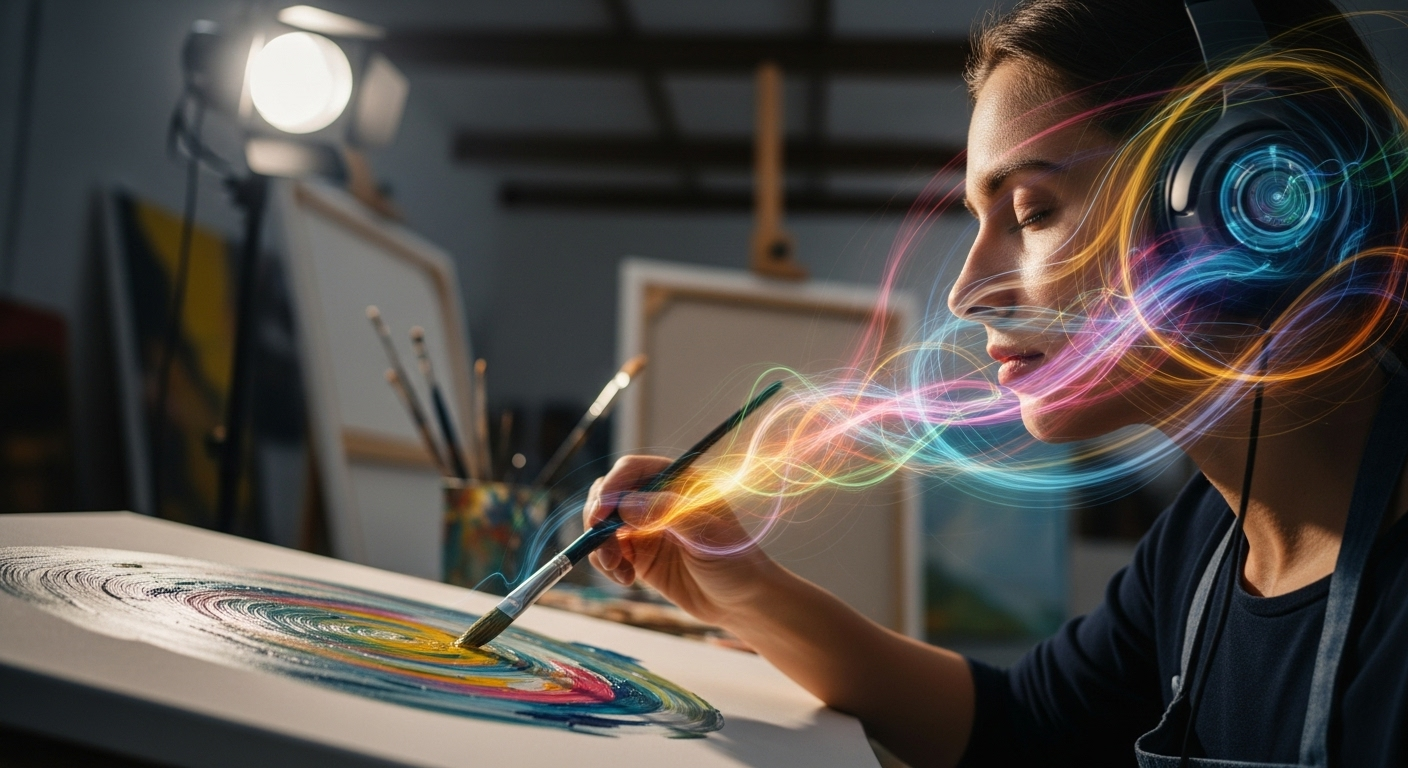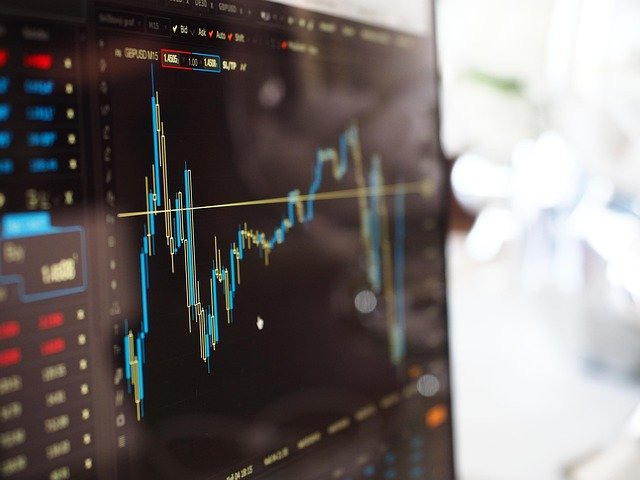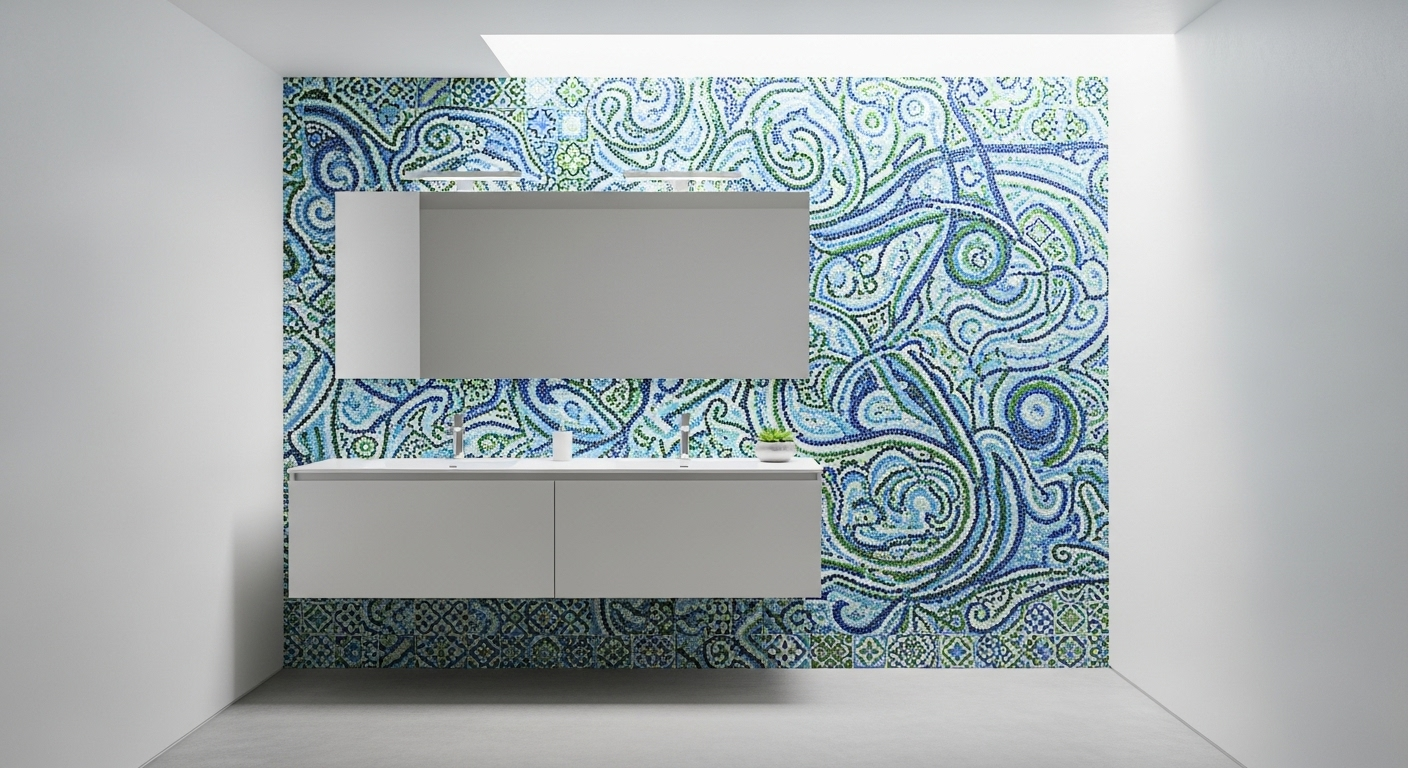Captivating Synesthesia: Art in the Realm of Sensory Overlap
In a world where sensory experiences often remain within their designated realms, there exists a unique phenomenon that blurs these boundaries—synesthesia. This rare condition, experienced by a small percentage of the population, is a sensory overlap where stimulation of one sensory pathway leads to automatic, involuntary experiences in a secondary one. In the world of arts and entertainment, synesthesia offers an unusual, captivating, and largely unexplored topic.

A Fascinating History: The Origins and Understanding of Synesthesia
The term synesthesia, derived from Greek words ‘synth’ (together) and ‘ethesia’ (sensation), was first coined by the psychologist G.T. Fechner in the 19th century. However, the phenomenon itself has been reported in literature and scientific texts for centuries, from the ancient Greeks to Isaac Newton’s attempts to correlate musical notes with colors.
In the 20th century, synesthesia gained recognition as a legitimate neurological condition with numerous scientific studies investigating its causes and effects. Despite these advances, the artistic potential of synesthesia remained largely untapped until the turn of the 21st century.
The Contemporary Landscape: Synesthesia as an Artistic Medium
In recent years, synesthesia has emerged as a fascinating artistic medium. Artists who experience synesthesia are creating captivating works that strive to convey their unique sensory experiences to viewers. A notable example is musician Pharrell Williams, who sees music in colors—a type of synesthesia known as chromesthesia.
The growing interest in synesthesia is not confined to synesthetes alone. Artists without the condition are also intrigued by its potential, using technology and innovative techniques to simulate synesthetic experiences in their work.
The Significance and Impact: How Synesthesia is Changing the Art Scene
The incorporation of synesthesia into the arts is transforming the way we understand and consume art. It broadens the scope of artistic expression, allowing creators to explore new avenues of sensory experience. For viewers, it provides an immersive and unique experience, challenging traditional boundaries between the senses.
The reception of synesthetic art has been largely positive, with audiences intrigued by the opportunity to experience art in a new, multi-sensory manner. It has also sparked conversations about neurodiversity in the arts, raising awareness about this unique condition.
The Future is Bright: Synesthesia and the Promise it Holds
Looking ahead, synesthesia holds immense potential in the arts and entertainment industry. With advancements in technology and increased understanding of the condition, artists are poised to delve deeper into synesthetic experiences, creating works that resonate on multiple sensory levels.
In conclusion, synesthesia presents an unchartered territory in the realm of arts and entertainment. Its intersection with creativity offers a fresh perspective on artistic expression, opening up a world of possibilities for artists and audiences alike. The age of synesthetic art has only just begun, and its future promises to be as colourful and diverse as the experiences it seeks to depict.





